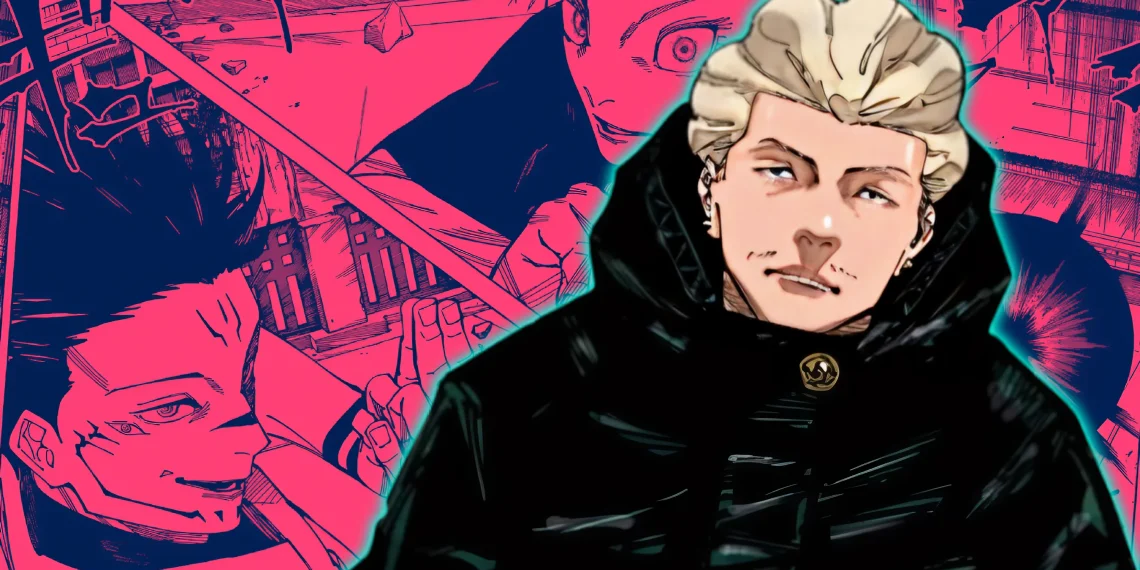The world of Jujutsu Kaisen is one where sorcerers wield immense power, derived from cursed energy, to combat both cursed spirits and one another.
Over time, this power has evolved, with modern sorcerers showcasing a new, refined approach that sets them apart from their Heian Era predecessors.
The difference isn’t just about strength, but rather in how sorcerers manipulate their cursed techniques with increased efficiency, precision, and versatility.
This evolution seems far from accidental. It is an intentional choice by Gege Akutami, the creator of Jujutsu Kaisen, to emphasize the growth of jujutsu sorcery as not only a tool of raw power but one that now embodies mastery, control, and sustainability.
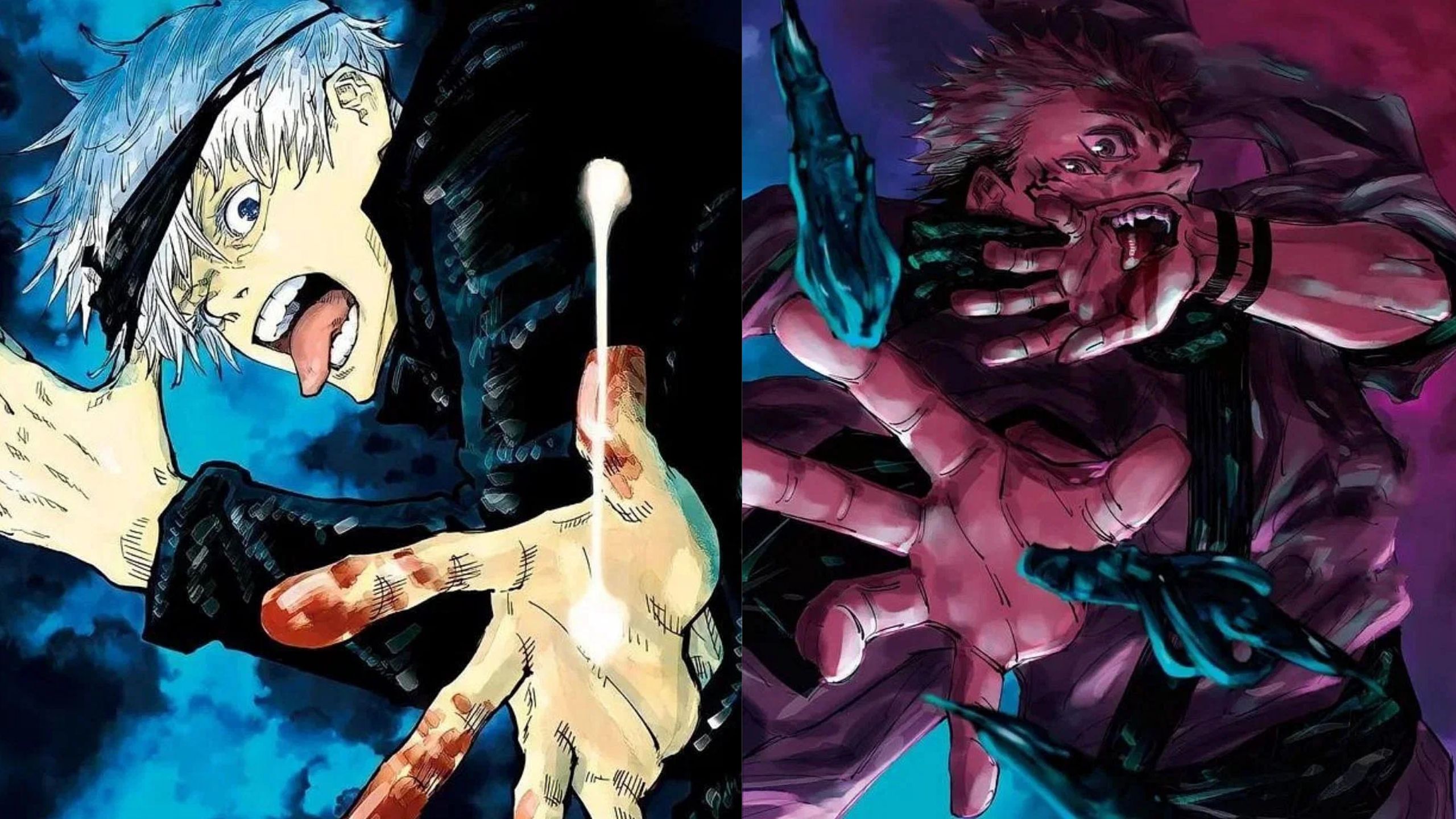
In Jujutsu Kaisen, we see a clear shift in how sorcerers wield cursed energy, with modern-day sorcerers like Gojo Satoru, Yuta Okkotsu, and Hakari Kinji standing as prime examples of this transformation.
Their techniques are more complex and adaptable, allowing them to achieve incredible feats with far less energy than the ancient sorcerers from the Heian Era, such as Sukuna and Kashimo.
This contrast is no coincidence, as Akutami uses this evolution to demonstrate how sorcery has advanced from a primal, brute-force-driven art into one that values control, sustainability, and efficiency.
The deliberate decision to showcase modern sorcerers in this light reflects a thematic shift in Jujutsu Kaisen.
In this series, strength isn’t solely determined by how much power a sorcerer can unleash, but by how effectively they can control and refine that power.
This change in the definition of strength is a key aspect of what sets the modern sorcerers apart from their Heian counterparts.
As we go deeper into the evolution of jujutsu sorcery, it becomes clear that the power balance has shifted, and modern sorcerers have a distinct edge in how they use their abilities.
Heian Era Sorcerers: Masters of Simplicity and Brute Force
The sorcerers of the Heian Era were formidable figures in their own right. Living in a time where cursed energy was abundant and battles with cursed spirits were commonplace, they relied on relatively simple but highly destructive techniques.
Their approach to sorcery was one of survival, where mastering a single technique to its fullest potential was often the difference between life and death.
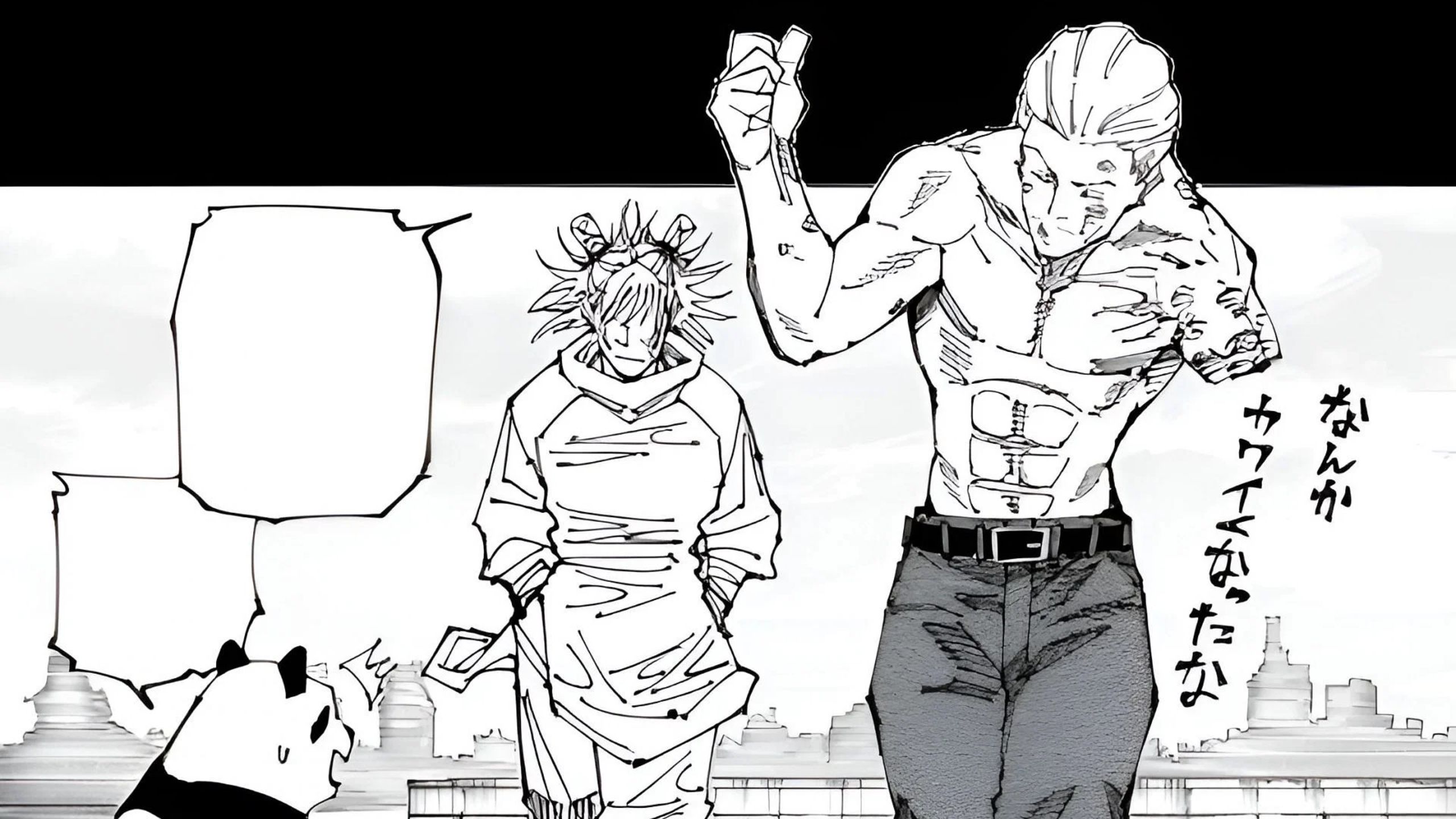
This mindset led to the creation of powerful, straightforward abilities that could cause immense damage in combat.
Heian Era sorcerers like Sukuna, Kashimo, Dhruv, and Uraume were known for their mastery of elemental manipulation, wide-area attacks, and raw destructive power.
Their techniques were not overly complex, but they were honed to perfection through years of battle experience.
Sukuna, in particular, stood out as one of the most powerful sorcerers of his time, feared for his immense strength and unrivaled mastery of cursed techniques that focused on sheer destruction.
Sukuna’s cursed techniques, such as Dismantle and Cleave, are prime examples of the Heian Era’s approach to sorcery.
These abilities were designed to cut down enemies with terrifying precision, but their effectiveness came from Sukuna’s ability to wield them with deadly accuracy, rather than from the inherent complexity of the techniques themselves.
He could eliminate opponents swiftly and brutally, showcasing how Heian Era sorcerers relied on brute force and precise execution.
Similarly, Kashimo, another powerful figure from the Heian Era, relied on his overwhelming cursed energy and aura to dominate his opponents.
Kashimo’s cursed energy manipulation was not about intricate or multi-layered techniques but about pushing his power to its limits in every battle.
This was a common theme among the sorcerers of the Heian Era, who prioritized the mastery of simpler techniques that could be unleashed with devastating force.
Yorozu, another sorcerer from the Heian period, had a creation technique similar to Mai Zenin’s modern-day ability.
However, unlike Mai, Yorozu took this simple concept and refined it through rigorous training, elevating it to an exceptionally high level.
Yorozu’s commitment to her craft exemplified the Heian Era’s emphasis on honing one’s skills to perfection, even if the underlying technique was straightforward.
Even a character like Reggie Star, who had a seemingly weaker-than-average technique, was able to outmaneuver a modern sorcerer like Megumi Fushiguro.
Reggie’s success came not from the complexity of his cursed technique but from his superior mastery of it.
He was able to tactically use his abilities to gain an advantage in combat, showing that Heian Era sorcerers often relied on strategic mastery rather than advanced cursed techniques.

In the Heian Era, there was less of an understanding of how to manipulate cursed energy efficiently.
Instead, sorcerers focused on using their cursed energy in ways that maximized immediate impact.
Their techniques, while simple, were devastating, and their survival depended on their ability to push their abilities to the limit.
This approach to sorcery was shaped by the harsh environment of the time, where survival meant mastering one’s technique to a lethal degree.
The Shift to Complex and Versatile Techniques in the Modern Era
As the world of jujutsu sorcery evolved, so did the techniques and abilities of sorcerers.
Modern-day sorcerers in Jujutsu Kaisen are a stark contrast to their Heian Era counterparts, with a greater focus on versatility, adaptability, and efficiency.
Sorcerers like Gojo Satoru, Yuki Tsukumo, Suguru Geto, and Yuta Okkotsu are at the forefront of this new era of sorcery, where techniques are no longer just about raw power but about how they can be used in a variety of situations with maximum efficiency.
Gojo Satoru, in particular, represents the pinnacle of modern jujutsu sorcery.
His techniques, Limitless and Six Eyes, allow him to control the space around him, making him nearly invincible in combat.
Gojo’s ability to manipulate cursed energy with such precision that he can create an impenetrable barrier between himself and his opponents is a testament to the complexity and versatility of modern sorcery.
His use of Reverse Cursed Technique, which allows him to heal himself and replenish his cursed energy, further highlights how modern sorcerers have refined their abilities to be more sustainable in the long term.
Gojo’s mastery of his techniques is not just about raw power but about how he can use his abilities to their fullest potential with minimal energy expenditure.
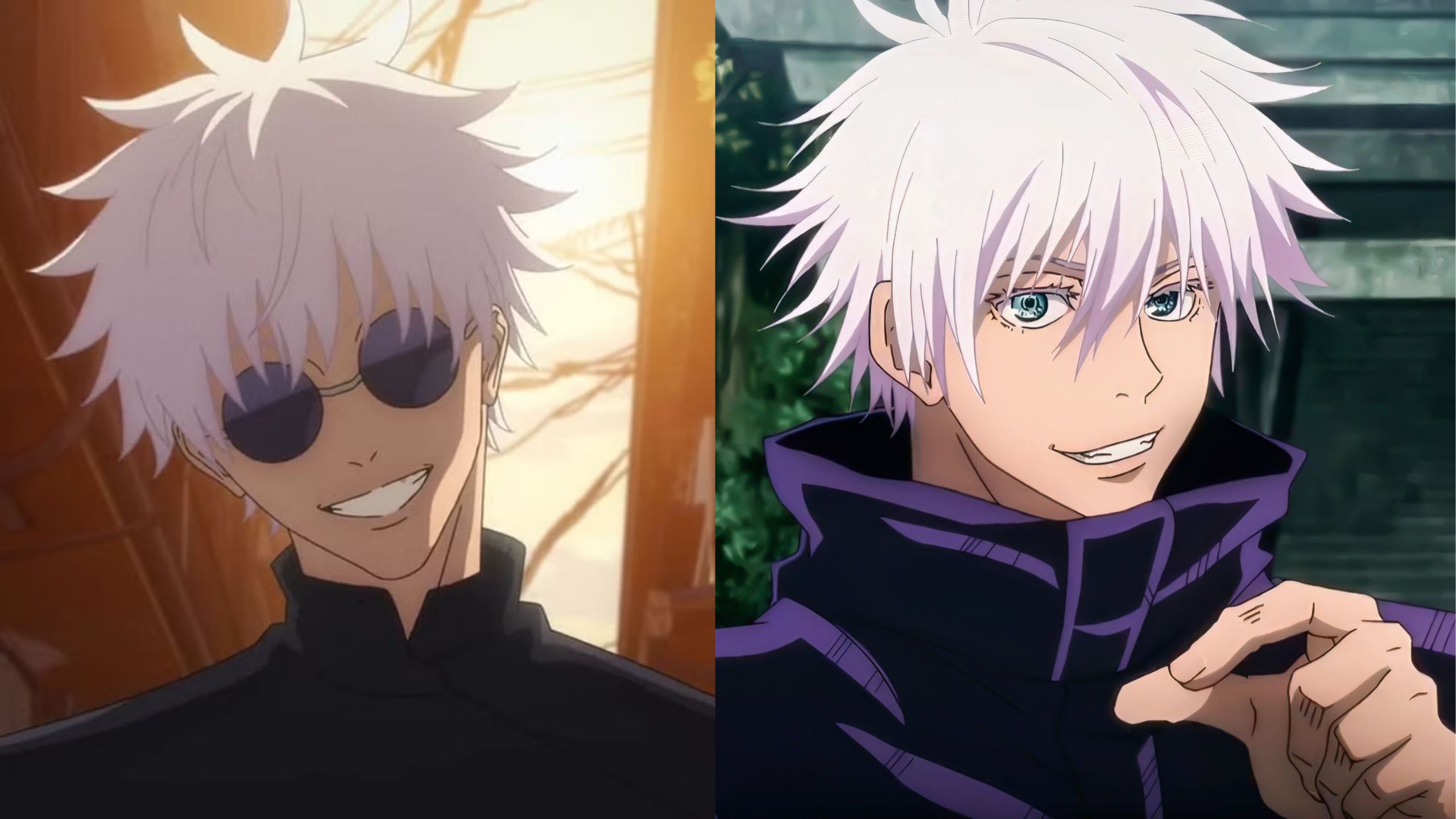
This is a significant departure from the Heian Era’s focus on brute force, showing how modern sorcerers prioritize efficiency and control over sheer strength.
The fact that Gojo is the first in his clan to fully master the Limitless technique is a clear indication of how far jujutsu sorcery has come in terms of complexity and refinement.
Yuki Tsukumo, another modern-day sorcerer, demonstrates how cursed techniques in the modern era can scale to unimaginable levels of power.
Her ability to potentially reach black hole levels of destruction is far beyond what any Heian Era sorcerer could have achieved.
Yuki’s cursed technique is not just about causing destruction but about controlling that power in a way that makes her a formidable opponent in any battle.
Suguru Geto, with his ability to absorb and control cursed spirits, represents another advancement in modern sorcery.
His technique allows him to gather an army of cursed spirits, giving him a level of strategic flexibility that was unheard of in the Heian Era.
Geto’s ability to combine the power of multiple cursed spirits into a single force is a reflection of how modern sorcerers are able to build upon the techniques of the past to create something entirely new.
Yuta Okkotsu’s cursed technique, which allows him to copy the abilities of other sorcerers, is another example of how modern sorcery has evolved to prioritize versatility.
Yuta’s ability to adapt to different combat situations by using a wide range of techniques sets him apart from the more specialized sorcerers of the past.
While Yuta’s powers are not limitless like Geto’s, his ability to use multiple cursed techniques makes him a highly adaptable and dangerous opponent.
This trend toward versatility and adaptability is not limited to the special-grade sorcerers.
Even the newer generation of sorcerers, like Hakari Kinji, Maki Zenin, Yuji Itadori, and Takaba Fumihiko, show a clear shift toward blending raw power with precision and efficiency.
Hakari’s Cursed Technique, based on a gambling mechanic, might seem simple on the surface, but its execution is incredibly energy efficient.
Hakari can generate unlimited cursed energy for short periods, making his technique both powerful and sustainable.
Maki Zenin, who possesses the Heavenly Restriction, is another example of how modern sorcerers have moved beyond the traditional reliance on negative emotions to fuel cursed energy.
Maki’s strength grows as she purifies herself, showing that modern sorcery can be fueled by discipline and refinement rather than raw negative emotion.
This is a significant departure from the sorcerers of the Heian Era, who often relied on negative emotions to fuel their cursed energy.
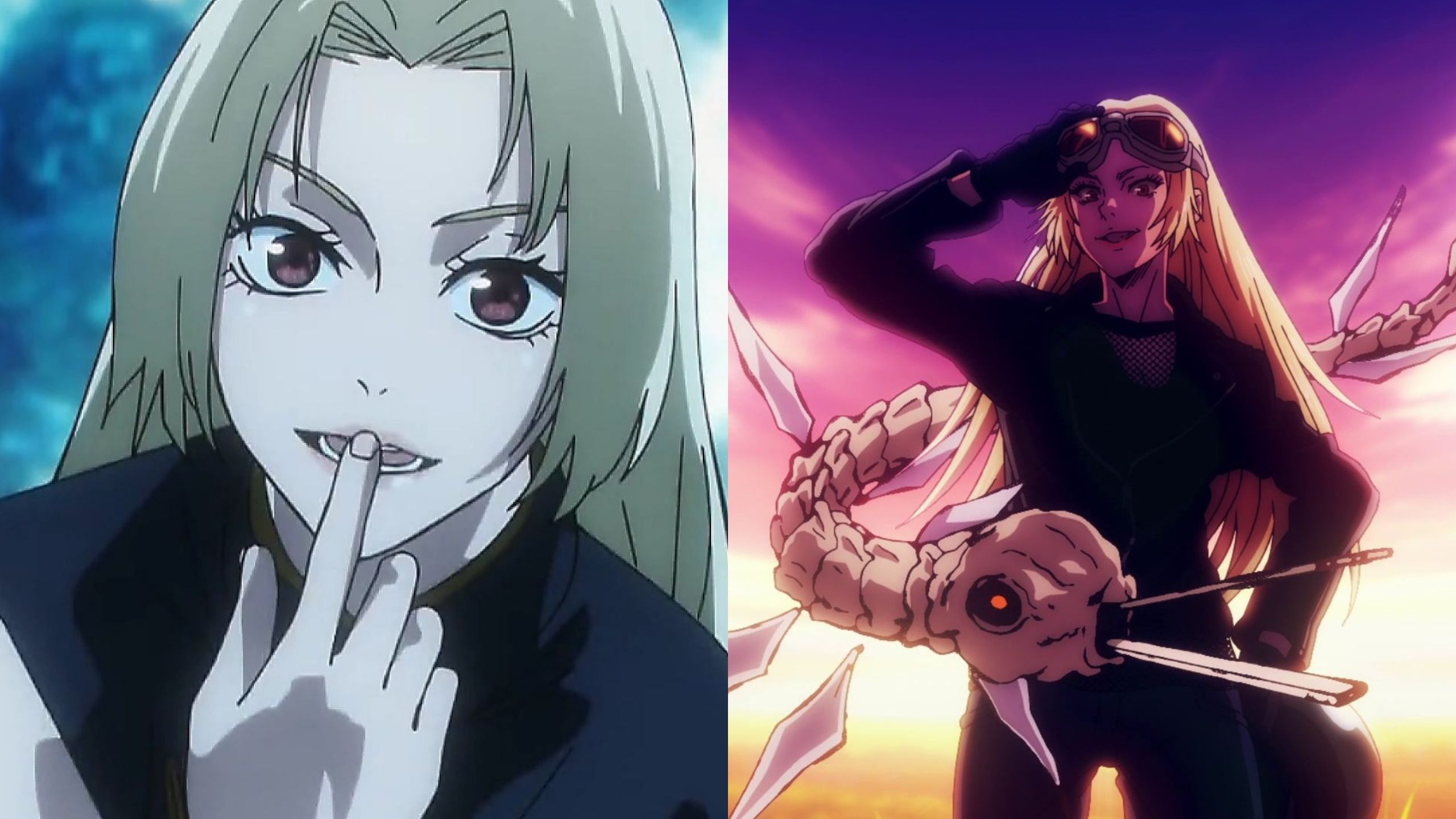
Yuji Itadori, the protagonist of Jujutsu Kaisen, also embodies this shift toward precision and control.
Yuji’s ability to manipulate cursed energy with extreme precision allows him to cause massive damage without unnecessary destruction.
This level of control reflects the overarching theme of modern sorcery: power is no longer about how much destruction you can cause but about how well you can control and direct that power.
Efficiency: The New Standard of Power
One of the most telling signs of this shift toward efficiency in modern sorcery is a comment made by Gojo Satoru.
He mentions that Hakari and Yuta could potentially catch up to him in terms of power, which speaks volumes about the direction in which modern sorcery is heading.
Gojo, who stands at the pinnacle of jujutsu sorcery, acknowledges that his students could reach his level, not because they possess raw destructive power, but because they exhibit a level of efficiency and control that was previously unseen in the Heian Era.
This idea of efficiency being the new standard of power is a core theme in Jujutsu Kaisen.
The ancient sorcerers relied on overwhelming their enemies through brute force, but modern sorcerers like Gojo, Hakari, and Yuta are redefining what it means to be powerful.
They are able to achieve the same, if not greater, results while using significantly fewer resources.
This marks a distinct departure from the past, where strength was often measured by how much raw energy a sorcerer could unleash. Now, it’s about how much a sorcerer can do with the energy they have.
Gojo’s own abilities perfectly summarizes this new paradigm. His Six Eyes technique allows him to see and manipulate cursed energy with such precision that he can control the flow of cursed energy in real time.
This gives him an unparalleled level of control over his techniques, allowing him to use his abilities in the most efficient way possible.
Gojo doesn’t waste energy; he applies it in just the right amounts, maximizing his power output while minimizing energy expenditure.
Yuta Okkotsu’s ability to copy cursed techniques also speaks to this theme of efficiency.
Rather than relying on a single, overwhelming technique, Yuta can adapt to any combat scenario by using a variety of techniques.
This versatility makes him incredibly dangerous because he can respond to threats in real time, using the most appropriate technique for the situation at hand.
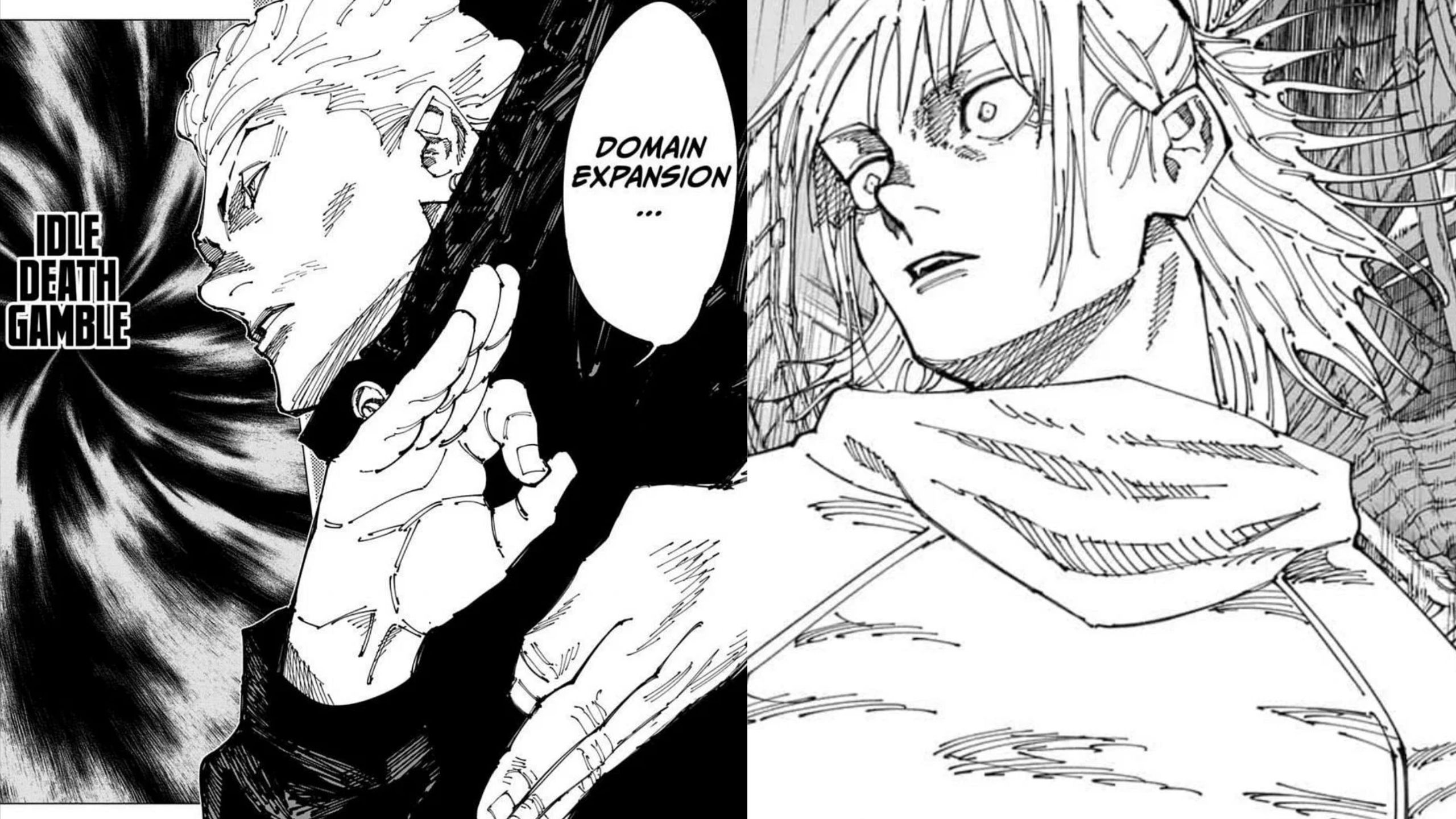
Yuta’s ability to efficiently switch between techniques allows him to conserve energy while still being highly effective in battle.
Hakari’s Cursed Technique, which is based on a gambling mechanism, may seem simple, but its execution is highly energy efficient.
By creating scenarios where he can generate massive amounts of cursed energy in short bursts, Hakari can sustain his power in battle without expending unnecessary energy.
This ability to generate unlimited cursed energy for short periods is a reflection of how modern sorcerers are moving toward more efficient ways of using their abilities.
Maki Zenin, too, represents this shift in power dynamics. Her Heavenly Restriction, which grants her immense physical strength without the use of cursed energy, is a testament to the new standard of power in the modern era.
Unlike the Heian Era sorcerers who relied heavily on cursed energy, Maki’s strength comes from her ability to purify herself, allowing her to grow stronger as she refines her abilities.
This shows that modern sorcery is not just about harnessing cursed energy but about cultivating inner strength through discipline and mastery.
Yuji Itadori’s precise control over his cursed energy further exemplifies this trend toward efficiency.
Yuji’s ability to manipulate cursed energy with surgical precision allows him to deliver powerful blows without causing massive collateral damage.
This level of control is a key distinction between modern sorcerers and their Heian Era counterparts.
While the sorcerers of the past focused on maximizing the destructive potential of their techniques, modern sorcerers like Yuji are more concerned with using their abilities in the most efficient and effective way possible.
The focus on efficiency, sustainability, and precision is not just a practical evolution of jujutsu sorcery, but it also reflects a broader thematic shift in Jujutsu Kaisen.
Gege Akutami is making a statement about what it truly means to be powerful in the jujutsu sorcery world.
The sorcerers who thrive in the modern era are not those who can unleash the most destructive techniques, but those who can wield their power with the greatest level of control and efficiency.
The Evolution of Jujutsu Sorcery: From Destruction to Sustainability
Another key aspect of this shift in jujutsu sorcery is the focus on sustainability.
In the Heian Era, sorcerers often burned through their cursed energy reserves quickly, as their battles were all about causing as much damage as possible in a short amount of time.
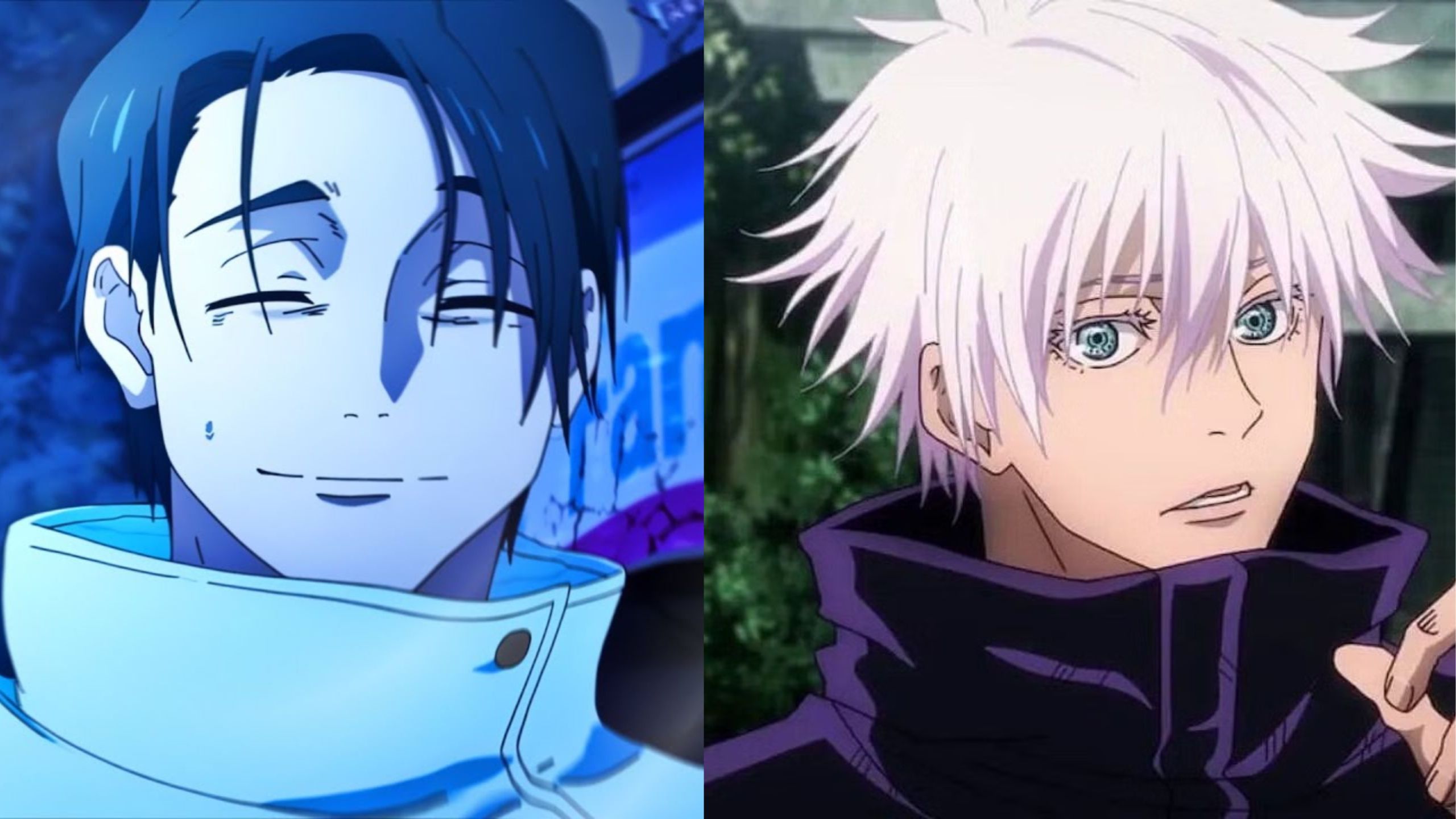
However, modern sorcerers have learned to fight more strategically, conserving their energy and using their techniques in ways that allow them to sustain their power over longer periods.
Gojo Satoru, once again, is the prime example of this evolution. His mastery of Reverse Cursed Technique allows him to heal himself and replenish his cursed energy, effectively giving him an infinite supply of power.
This makes him an incredibly sustainable fighter, as he can continue to use his techniques without fear of running out of energy.
Gojo’s ability to sustain his power over long periods of time is a stark contrast to the Heian Era sorcerers, who often fought in short, explosive bursts of power.
Yuta Okkotsu also demonstrates how modern sorcerers have learned to sustain their power over longer periods.
His ability to copy cursed techniques allows him to switch between different abilities, ensuring that he doesn’t rely too heavily on a single technique.
This versatility not only makes Yuta a more adaptable fighter, but it also allows him to conserve energy by using the most appropriate technique for each situation.
This level of sustainability is something that was rarely seen in the Heian Era, where sorcerers often exhausted themselves quickly in battle.
Hakari’s Cursed Technique, with its ability to generate unlimited cursed energy for short periods, also reflects this focus on sustainability.
While Hakari’s power is immense, he has learned to manage it in such a way that he can continue to fight without burning through his energy reserves.
This ability to generate bursts of energy when needed, while still maintaining final energy efficiency, is a reflection of how modern sorcery has evolved to be more sustainable in the long run.
Maki Zenin’s Heavenly Restriction, which grants her physical strength without the need for cursed energy, is another example of how modern sorcery is moving toward sustainability.
Unlike the Heian Era sorcerers who relied heavily on cursed energy, Maki’s strength comes from her own physical abilities, allowing her to fight for extended periods without worrying about exhausting her energy reserves.
This focus on sustainability is a key aspect of what sets modern sorcerers apart from their ancient counterparts.
Even Yuji Itadori, who possesses immense cursed energy, has learned to fight in a way that allows him to conserve his power.
Yuji’s precise control over his cursed energy means that he doesn’t waste energy on unnecessary attacks. Instead, he uses his power strategically, ensuring that he can continue to fight for as long as necessary.
This level of control and sustainability is something that was rarely seen in the Heian Era, where sorcerers often fought with reckless abandon.
This focus on sustainability is not just about conserving energy, but it’s also about creating more refined and precise techniques.
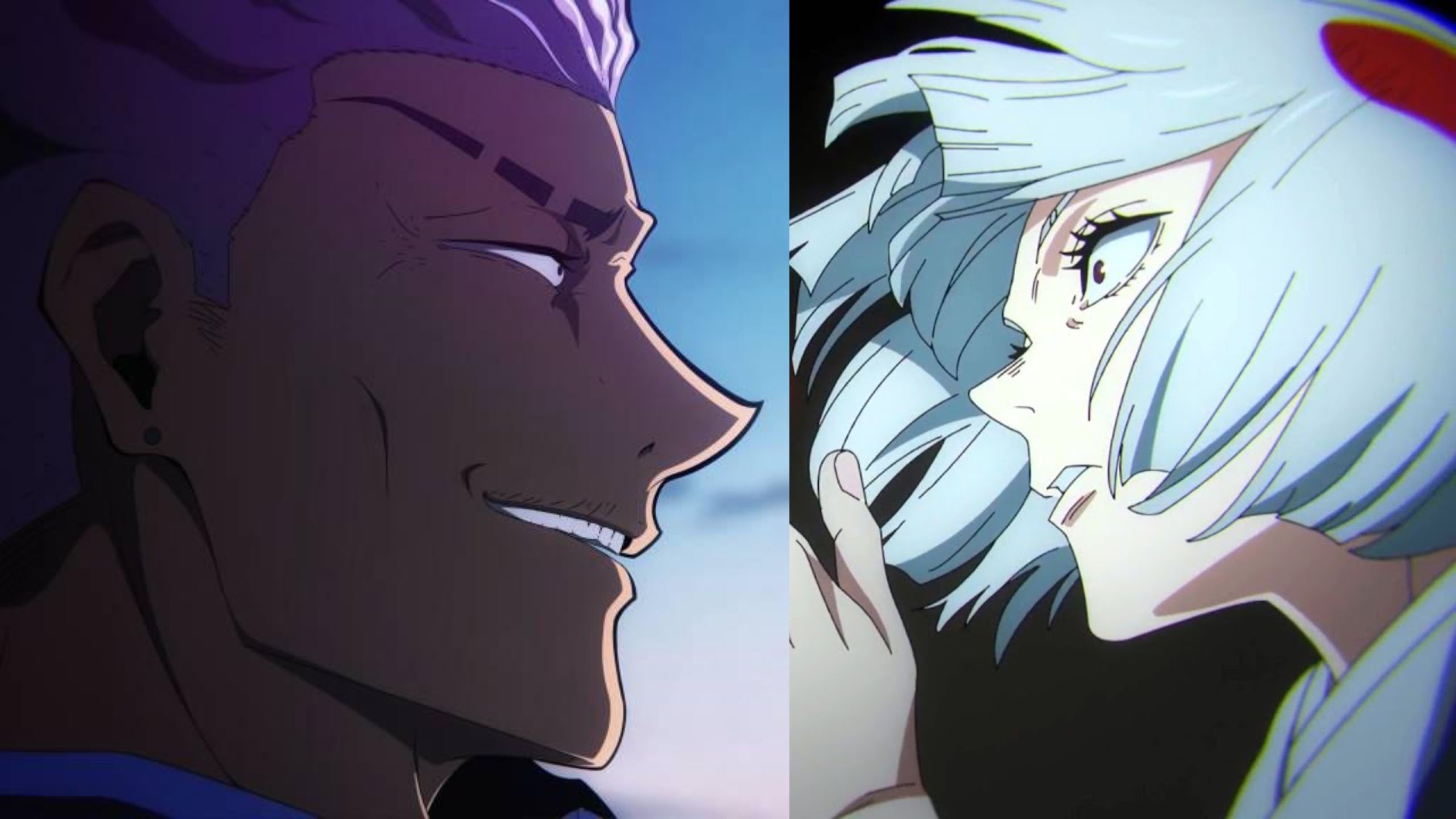
Modern sorcerers are not just concerned with how much power they can unleash, but with how they can use their power in the most efficient and effective way possible.
This marks a significant departure from the Heian Era, where the focus was on causing as much destruction as possible in the shortest amount of time.
Akutami’s Intentional Shift Toward Mastery, Precision, and Efficiency
It’s evident that the shift in how jujutsu sorcery is portrayed in Jujutsu Kaisen is intentional.
Gege Akutami, the creator of the series, seems to be making a clear statement about the nature of power in the jujutsu sorcery world.
In the Heian Era, power was often equated with raw destructive force. Sorcerers like Sukuna, Kashimo, and Uraume were feared for their ability to unleash devastating attacks that could wipe out entire battlefields.
However, in the modern era, power is no longer just about how much destruction you can cause, but about how well you can control and refine that power.
Akutami’s decision to focus on efficiency, sustainability, and mastery speaks to a more sophisticated understanding of cursed energy and jujutsu sorcery as a whole.
The modern sorcerers in Jujutsu Kaisen are not just concerned with winning battles, but with how they can use their abilities in the most effective way possible.
This reflects a broader theme in the series, where the strongest sorcerers are those who can think critically, adapt to different situations, and refine their techniques.
This evolution in how jujutsu sorcery is depicted not only makes for more dynamic and interesting battles, but it also underscores a deeper theme of growth and refinement.
Akutami is showing that true strength comes not from overwhelming force, but from control, strategy, and the ability to adapt.
In doing so, Jujutsu Kaisen sets itself apart as a series that values intelligence and mastery just as much as brute strength.
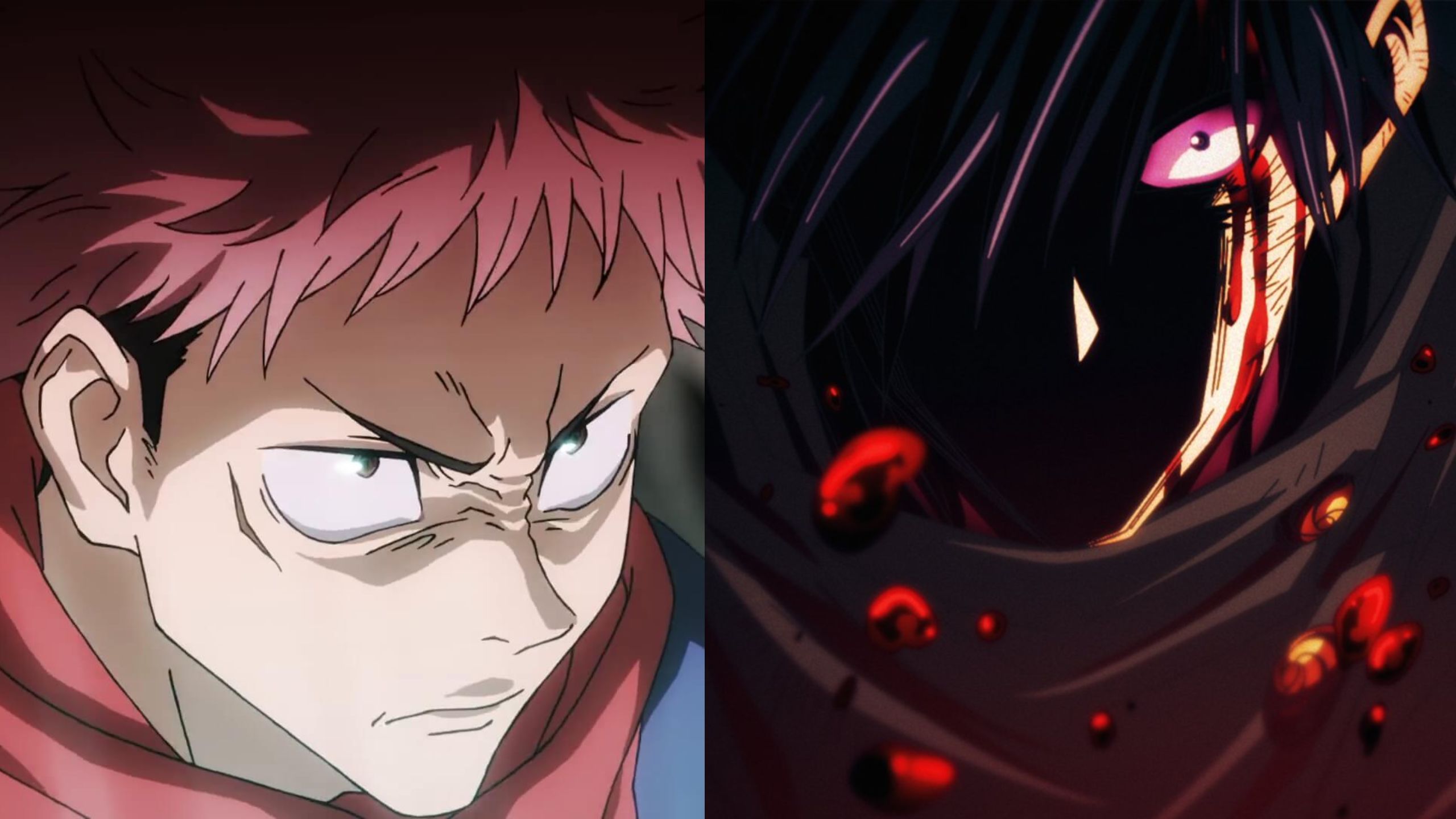
The modern sorcerers in Jujutsu Kaisen represent a new era of jujutsu sorcery one where power is defined not by how much destruction you can cause, but by how well you can control and direct that power.
This deliberate shift by Akutami marks a significant evolution in the Jujutsu Kaisen world, one that reflects the broader themes of growth, adaptation, and mastery that define the series.
The sorcerers of the Heian Era may have been powerful, but the modern sorcerers are, in many ways, superior.
Not because they can cause more destruction, but because they can do so with far greater precision, efficiency, and sustainability.

